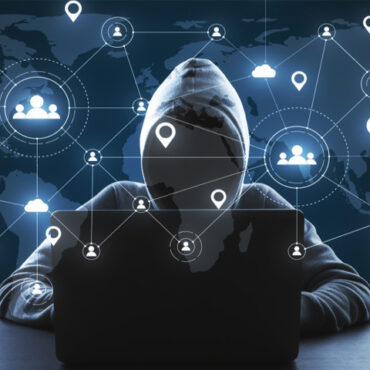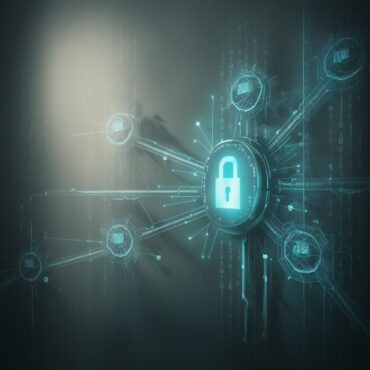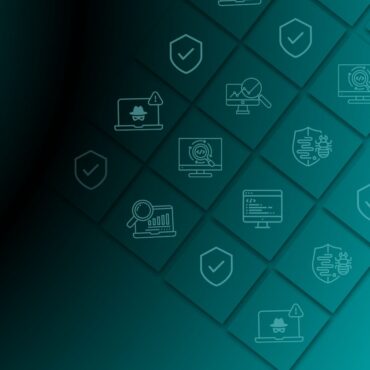
By Elías Cedillo Hernández
CEO & Founder of Grupo BeIT, BuróMC and Elit Infrastructure Services
Cybersecurity in critical infrastructure has gained unprecedented importance in 2024 and 2025, driven by the rise in digital threats and the growing dependence on interconnected systems. Sectors such as energy, healthcare, transportation, and telecommunications face risks ranging from cyberattacks to physical sabotage. Leading companies like Fortinet, IBM, and Gartner have published studies revealing how automation and artificial intelligence are transforming both attacks and defenses. Protecting these systems is not only a technological issue but also a matter of national security and social resilience.
Fortinet, in its 2025 Global Threat Report, highlights that automated attacks have reached alarming levels, with more than 36,000 malicious scans per second targeting critical services. Credential theft increased by 42% in 2024, with over 97 billion exploitation attempts recorded. The company recommends adopting a proactive posture based on exposure management rather than purely reactive defense. It also emphasizes the importance of protecting OT and IoT environments, which are especially vulnerable in critical infrastructure.
IBM, meanwhile, offers a comprehensive view of the risks faced by critical infrastructures, including cyber, physical, and natural threats. Its approach is based on the implementation of technologies such as SCADA, network monitoring, asset management, and predictive analytics. IBM promotes a strategy grounded in risk-based management, operational redundancy, and public-private collaboration. It also underscores regulatory compliance as a key element to ensure the security and operational continuity of these essential systems.
At the end of 2024, Gartner identified six key cybersecurity trends for 2025, many directly applicable to critical infrastructures. One of the most relevant is machine identity management, due to the rapid increase in automated accounts within industrial systems. It also highlights the use of GenAI to protect unstructured data—such as images and videos—common in operational environments. Gartner recommends consolidating security tools—companies currently use an average of 45—to improve efficiency and reduce vulnerabilities.
Another crucial aspect noted by Gartner is organizational culture around cybersecurity. Awareness and safe-behavior programs can reduce incidents by up to 40%. Moreover, burnout among security teams is now recognized as an organizational risk, leading to the adoption of wellness and resilience initiatives. These measures are especially crucial in critical infrastructures, where human error can have catastrophic consequences. Cybersecurity is no longer purely technical—it is also human and strategic.
In 2025, GrupoBeIT, in close collaboration with our brands BuróMC and Elit Infrastructure Services, has consolidated a high-impact strategy to strengthen cybersecurity in OT environments. Through targeted campaigns and specialized content, we have created spaces where industry leaders can subscribe, learn, and take informed action. Our webinar series, “Industrial Defense: Uncovered Cybersecurity in Operational Technology (OT) Environments,” is a clear example of how we turn technical knowledge into strategic decision-making.
This effort responds not only to an operational need but also to a corporate vision: to protect what is essential in order to ensure continuity, reputation, and competitiveness. We invite our clients and partners to join this initiative, where cybersecurity ceases to be a technical challenge and becomes an executive advantage. Because at GrupoBeIT, defense begins with leadership.
Reference
Fortinet – Global Threat Landscape Report 2025 https://www.fortinet.com/blog/threat-research/key-takeaways-from-the-2025-global-threat-landscape-report
IBM – Cybersecurity for Critical Infrastructure https://www.ibm.com/case-studies/critical-infrastructure
Gartner – Top Cybersecurity Trends for 2025 https://www.gartner.com/en/newsroom/press-releases/2025-03-03-gartner-identifiesthe-top-cybersecurity-trends-for-2025











Post comments (0)